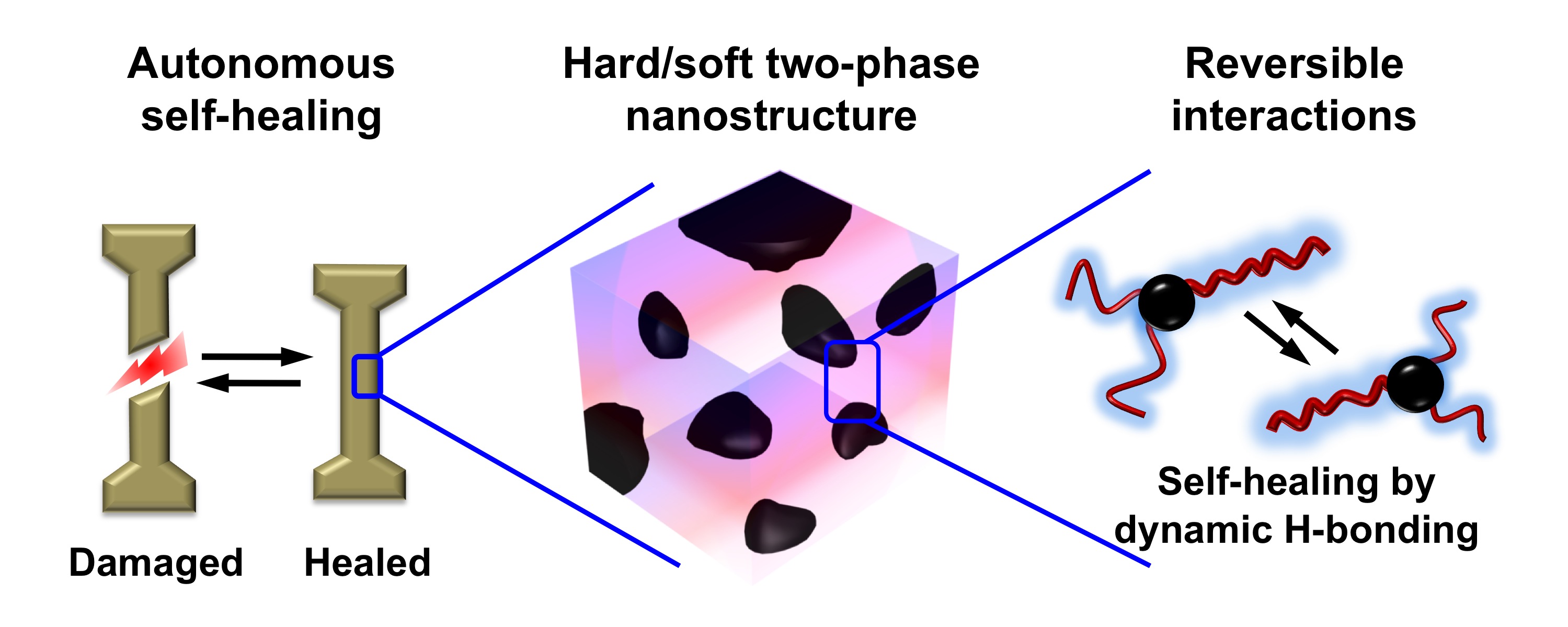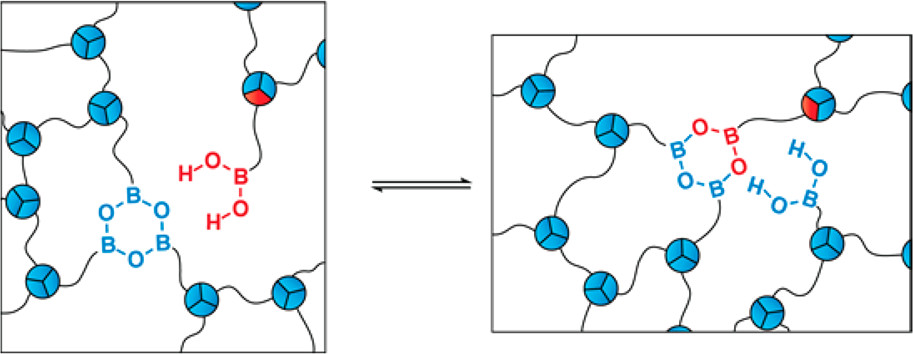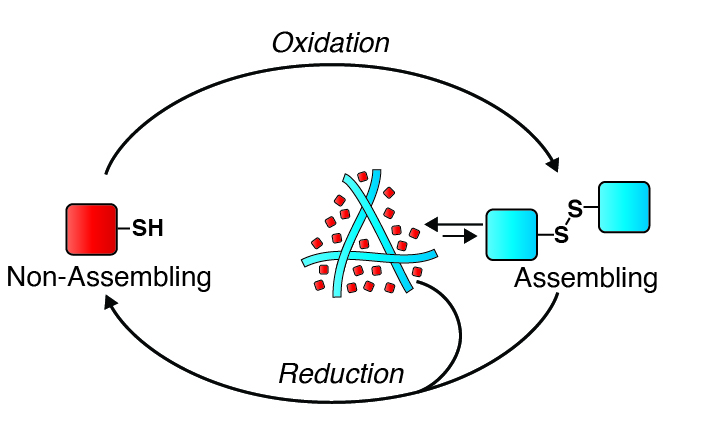Self-healing Materials

Inspired by the healing capability of living tissues, the Guan Lab designs synthetic polymeric materials that can self-repair after mechanical damage. We employ various supramolecular and dynamic covalent interactions to achieve self-healing. To address a major challenge of self-healing materials, we have introduced a multiphase design strategy to combine robust mechanical properties with high self-healing efficiency. Such self-healing materials should improve the safety, lifetime, sustainability, and energy efficiency of manmade materials.
Representative papers:
Multiphase Design of Autonomic Self-Healing Thermoplastic Elastomers.
Nature Chem. 2012, 4, 467-472.
DOI: 10.1038/nhchem.1314
Self-Healing Multiphase Polymers via Dynamic Metal-Ligand Interactions.
J. Am. Chem. Soc. 2014, 136, 16128-16131.
DOI: 10.1021/ja5097094
Malleable and Self-Healing Covalent Polymer Networks through Tunable Dynamic Boronic Ester Bonds.
J. Am. Chem. Soc. 2015, 137, 6492-6495.
DOI: 10.1021/jacs.5b03551
Adaptive and Malleable Materials

Inspired by the marvelous adaptability of living systems, the Guan Lab designs polymeric materials that can adapt to external stimuli and are malleable and recyclable. Through programming precise non-covalent and dynamic covalent interactions, we create a plethora of materials that reversibly respond to changes in their environment. To address the environmental and sustainability concerns of our society, we design crosslinked materials, i.e. thermosets, that show glasslike malleability and recyclability yet retain superior mechanical properties and solvent resistance like traditional thermosets.

Representative papers:
Direct Correlation of Single-molecule Properties with Bulk Mechanical Performance for the Biomimetic Design of Polymers.
Nature Materials 2014, 13, 1055-1062.
DOI: 10.1038/nmat4090
Malleable and Self-Healing Covalent Polymer Networks through Tunable Dynamic Boronic Ester Bonds.
J. Am. Chem. Soc. 2015, 137, 6492-6495.
DOI: 10.1021/jacs.5b03551
Silyl Ether as a Robust and Thermally Stable Dynamic Covalent Motif for Malleable Polymer Design.
J. Am. Chem. Soc. 2015, 137, 6492-6495.
DOI: 10.1021/jacs.7b08826
Recyclable, Strong, and Highly Malleable Thermosets Based on Boroxine Networks.
J. Am. Chem. Soc. 2018, 140, 6217-6220.
DOI: 10.1021/jacs.8b03257
Active and Autonomous Materials
The active self-assembly of actin networks and microtubules fueled by ATP and GTP is at the heart of a variety of cellular processes in living organisms, including cellular transport, cell motility, proliferation, and morphogenesis. To closely mimic living systems, our lab develops fuel and feedback-controlled non-equilibrium active materials. Our goal is to realize a new generation of active and autonomous materials that use electrical, optical and chemical fuels to achieve transient structure formation and carry out work.

Representative papers:
Redox Chemical-Fueled Dissipative Self-Assembly of Active Materials.
ChemSystemsChem 2019, 1, e1900030.
DOI 10.1002/syst.201900030
Electrically Fueled Active Supramolecular Materials.
J. Am. Chem. Soc. 2022, 144, 7844-7851.
DOI: 10.1021/jacs.2c01884
Waste Free Fully Electrically Fueled Dissipative Self-assembly System.
J. Am. Chem. Soc. 2023, 145, 3727-3753.
DOI: 10.1021/jacs.2c13140
